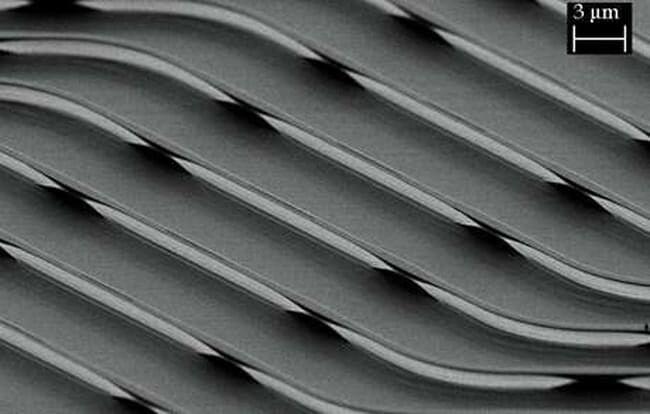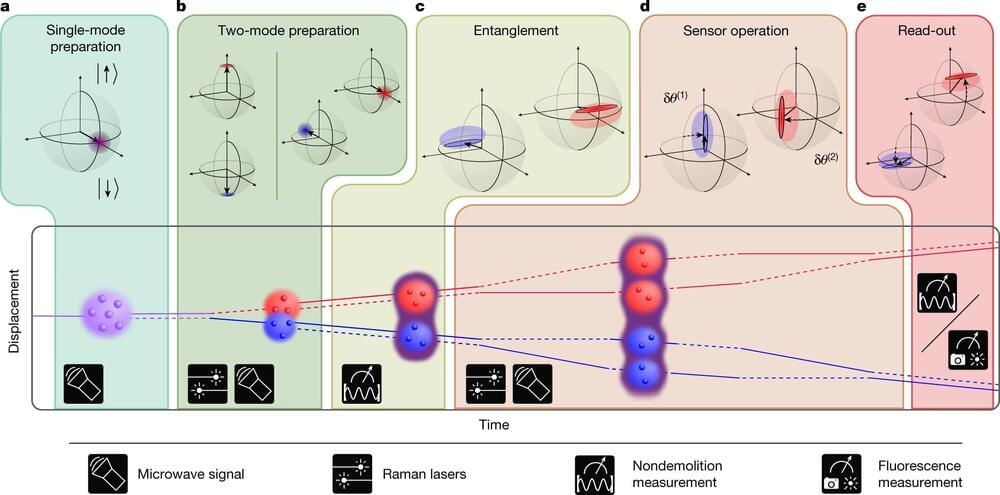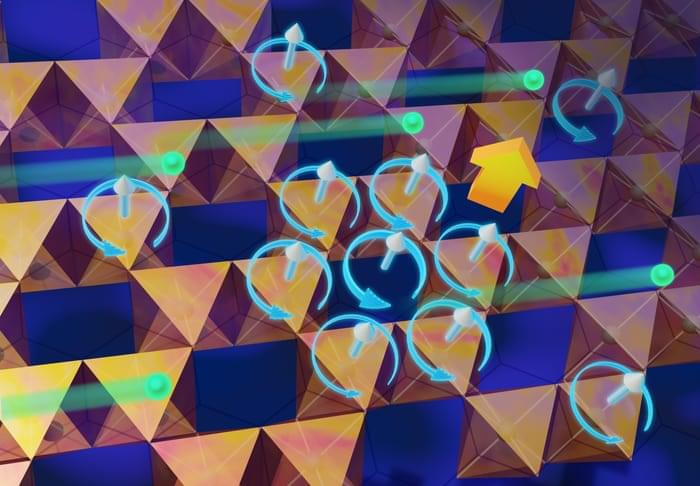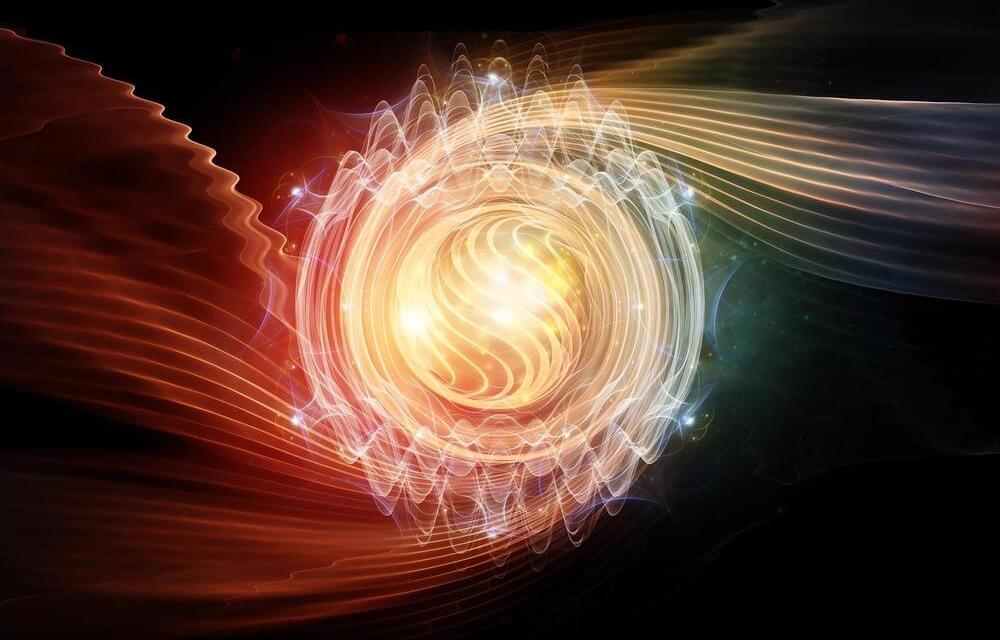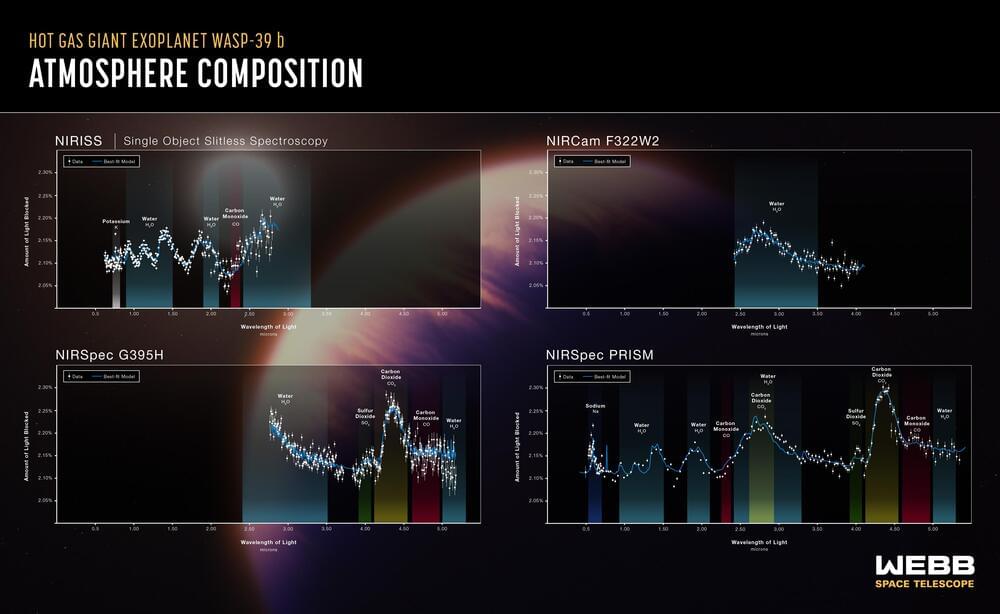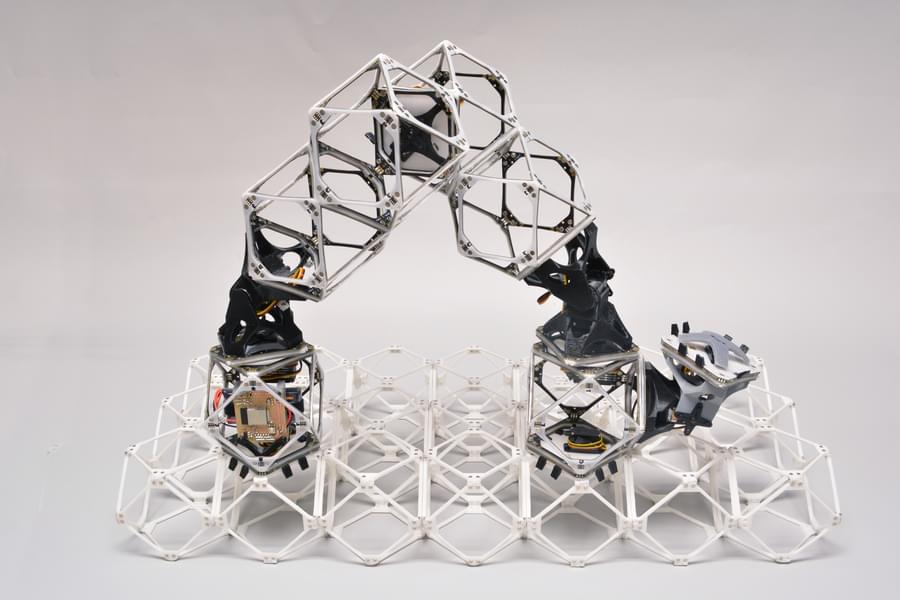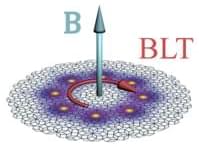Quantum memory devices can store data as quantum states instead of binary states, as classical computer memories do. While some existing quantum memory technologies have achieved highly promising results, several challenges will need to be overcome before they can be implemented on a large scale.
Researchers at the AWS Center for Quantum Networking and Harvard University have recently developed a promising quantum memory capable of error detection and with a lifetime or coherence time (i.e., the time for which a quantum memory can hold a superposition without collapsing) exceeding 2 seconds. This memory, presented in a paper in Science, could pave the way towards the creation of scalable quantum networks.
Quantum networks are systems that can distribute entangled quantum bits, or qubits, to users who are in different geographic locations. While passing through the networks, qubits are typically encoded as photons (i.e., single particles of light).
